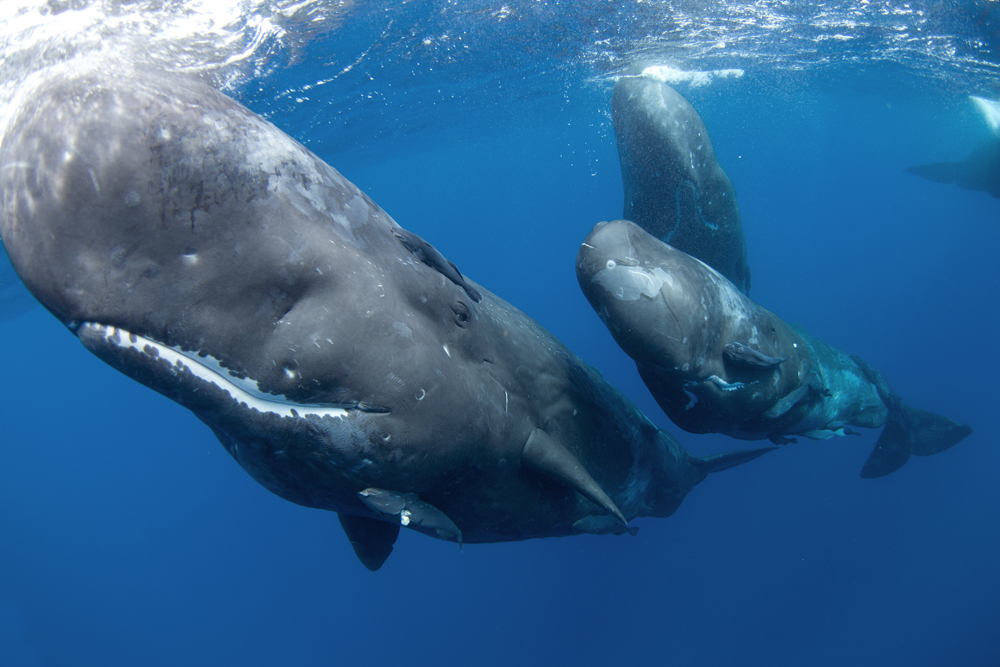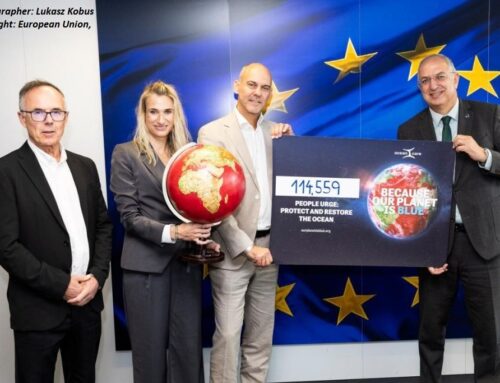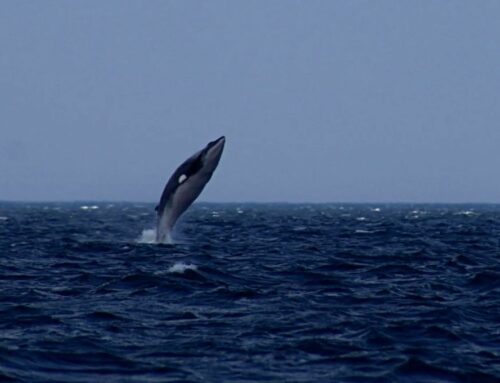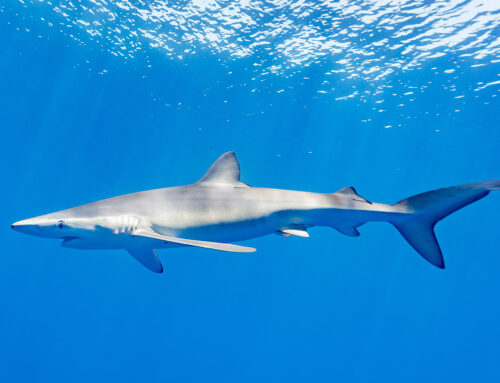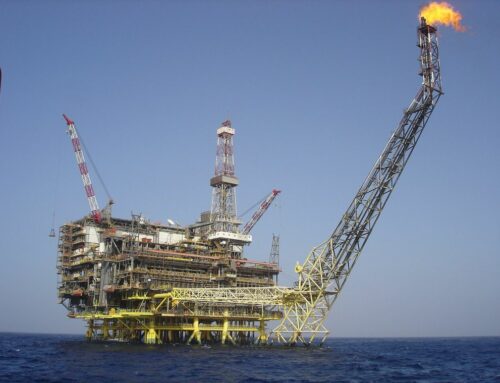OceanCare, present at COP21: “This international recognition is both a challenge and a great opportunity for the Spanish Government to demonstrably prioritize its fight against underwater noise and climate change”
Naples, December 3, 2019: On the second day of the 21st Conference of the Parties (COP21) to the Barcelona Convention (Convention for the Protection of the Mediterranean), the area between the Balearic Islands and the Spanish mainland has been formally approved as Specially Protected Area of Mediterranean Importance (SPAMI). OceanCare, an international marine conservation organization and recognized partner of the Convention’s Mediterranean Action Plan, strongly welcomes this decision. The COP21 takes place between the 2nd and 5th of December in Naples, Italy.
This new SPAMI covers an area of 46,386 km² between the Catalan and Valencian coast and the Balearic archipelago. The area is of high ecological value, not only because it is a migration corridor for fin whales towards their breeding and feeding areas in the north of the Mediterranean, but also because it is a habitat for an outstanding diversity of cetacean species (pilot whale, sperm whale, Cuvier’s beaked whale, bottlenose dolphin and striped dolphin, among others), sea turtles, sharks and sea birds. All the aforementioned species are included in Annex II of the Protocol on Specially Protected Areas and Biological Diversity in the Mediterranean to the Barcelona Convention as well as in Annex IV of the EU Habitats Directive.
“We congratulate the Spanish Government on their successful initiative, but the real challenge is still ahead of us. There is an urgent need to immediately start the development of a progressive and effective Conservation Management Plan addressing a significant reduction of underwater noise. The area is known as what we call a ‘Noise Hot-Spot’ and urgent action is needed to make it a quiet zone”, says Nicolas Entrup, OceanCare Co-Director of International Relations, at the Conference.
OceanCare stresses that reducing noise-generating activities can also significantly contribute to climate action. “This SPAMI declaration is a great opportunity not only to definitely archive all hydrocarbon exploration and exploitation applications that are still in the official channel and would seriously threaten the natural values of this protected area. Furthermore, mandatory reduction of vessel speed would result in a decrease of both CO2 and noise emissions. And it would lower the risk of collisions between ships and endangered whales or sea turtles and is therefore a win-win-win situation”, says Carlos Bravo, Ocean Policy Expert and consultant to OceanCare.
The declaration of the SPAMI completes the formal process for protecting this area, as in June 2018 the Spanish Council of Ministers approved RD 699/2018, which declared this cetacean migration corridor a national Marine Protected Area (MPA). In its efforts to establish the MPA, the Spanish Government has been clear that avoiding, mitigating and reducing anthropogenic underwater noise is one of the core objectives in safeguarding the great diversity of marine species which use the area.
Another big challenge will be the effective shipping management to reduce noise and CO2 emissions, as this MPA and SPAMI is exposed to intense vessel traffic – transport and passenger ferries between the mainland and the Balearic Islands, as well as cargo vessels moving through or approaching ports along the Mediterranean coast.
These activities cause problems like significant levels of underwater noise, CO2 emissions causing climate change, emission of air pollutants (SO2, NOX, particulate matter) and collisions with, in particular, large whales and sea turtles.
In addition to technical improvements and alternative fuels, operative measures have to be applied to address this set of cumulative impacts in the SPAMI, in particular speed reduction as one of the most effective measures for achieving lower CO2 and air pollutant emissions, lower fuel costs, lower risk of collisions with cetaceans and less ocean noise.



